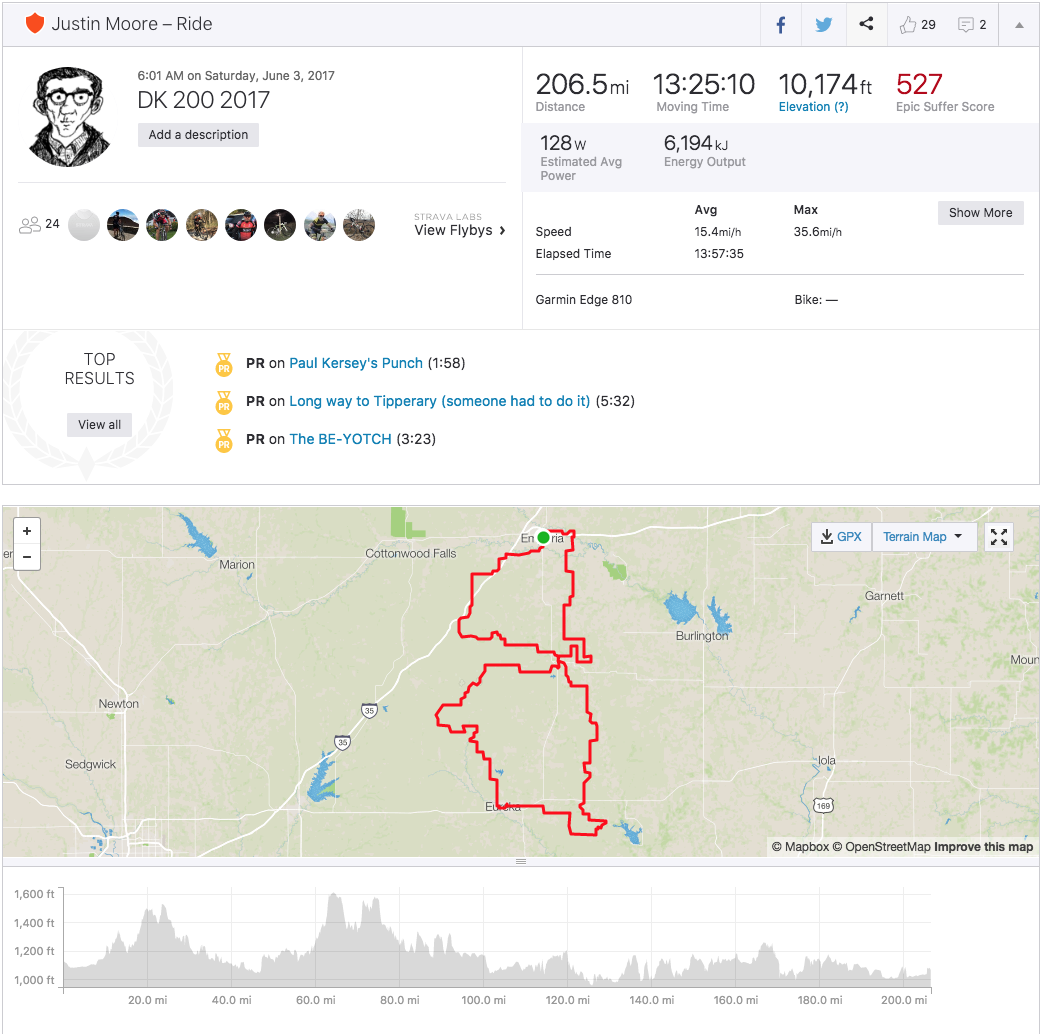A couple of weeks ago, while I was driving to the office supply store over lunch, I saw a cyclist riding toward me on the busy four-lane road. I’m very enthusiastic about active transportation, including cycling, so like many drivers, I tend to slow down and use caution around cyclists just in case they are skittish in traffic. As I approached this cyclist, though, I could see that he was wearing a helmet and a moisture-wicking shirt. His bike was kitted out with pannier bags and a headlight. His “uniform” indicated that he was no amateur bike commuter. He had clearly done this before. I waved as I passed, and I watched in the rear-view mirror as he switched lanes, signaled, and make an expert left turn behind me.
The encounter got me thinking about the value of a uniform, and that got me reflecting on the pandemic. I’m not the snappiest dresser even on my best days, but all the time at home in front of a computer screen has allowed for some pretty cavalier choices in clothing, especially from the waist down. Eighteen months in, I’ve found generally positive effects to wearing a work “uniform” of my own, mostly consisting of reasonable pants and a collared shirt. First, putting on the uniform signals to me that the day has begun, like James Joyce’s white coat signaled the beginning of his writing day (I promise this is the last time I’ll compare myself to Joyce in this blog post). The donning of a uniform is one of my strategies, along with Cal Newport’s “shut down” ritual, that helps me separate my workday from my leisure day.
Second, a uniform gives the appearance, even through Zoom or Microsoft Teams, that I mean business, much like donning a white coat does in patient-care settings. White coats, originally adopted by doctors to indicate that they were adherents to science, have been linked to improved patient perception in certain situations, in spite of the fact that infrequently laundered white coats are also potentially dangerous sources of infection in hospitals. One of my extended family members has a corporate job in which professional appearance is still very valued, and her strict dress code for her team, even for people in virtual meetings, has drawn praise from coworkers and clients. That’s not to say this can’t be taken to an extreme. In the 1990s, when the national dress code had been relaxing for decades, a friend of mine worked as a computer programmer for Ross Perot. Even though he spent his day isolated in a cubicle and rarely spoke to another employee in person, he was expected to wear a black, blue, brown, or grey suit, starched shirt, tie, and shined shoes to work every day. Needless to say, he found another job. And NBA all-timer Bill Russell famously retired early from basketball after deciding (and I’m paraphrasing) that he was tired of being a grown man wearing shorts playing a children’s game.
Finally, some evidence indicates that a proper uniform may actually improve performance. One of my high school cross country teammates often did his long weekend “base mileage” runs in jeans, and it completely freaked me out. On top of the obvious chafing issues, I could not handle the thought of just rolling out of a tractor cab on Saturday evening and loping off down a dirt road. I needed the ceremony of changing out of work clothes into shorts to help me transition. While sports apparel companies loudly tout the benefits of “moisture wicking,” breathability, compression, and aerodynamics, studies show that simply wearing an appropriate uniform, or even a good luck charm, for a sporting activity may improve performance, presumably because of psychological effects like focus and confidence.
So, even if you’re a borderline slob like me, here’s my advice as a licensed medical professional, for whatever it’s worth: wear the clothes and equipment that match your tasks for the day. If you’re going to the Oscars, wear a ball gown or tuxedo. If you’re exercising, wear whatever clothes are appropriate for the sport. And if you’re employed in knowledge work like I am, wear what you would wear to the office, even if your day will be spent at your own dining room table. You’ll feel better and perform better.
As the Medical Director of the Kansas Business Group on Health, I’m sometimes asked to weigh in on hot topics that might affect employers or employees. This is a reprint of a blog post from KBGH.


























